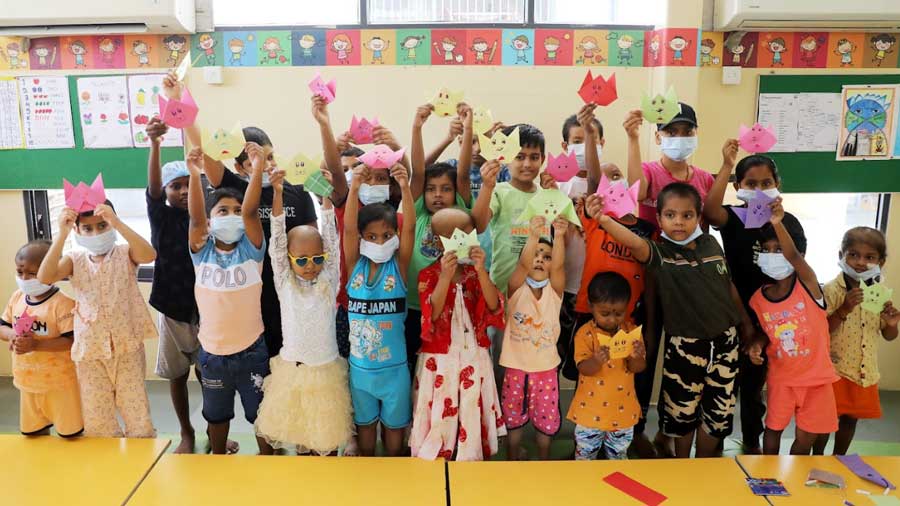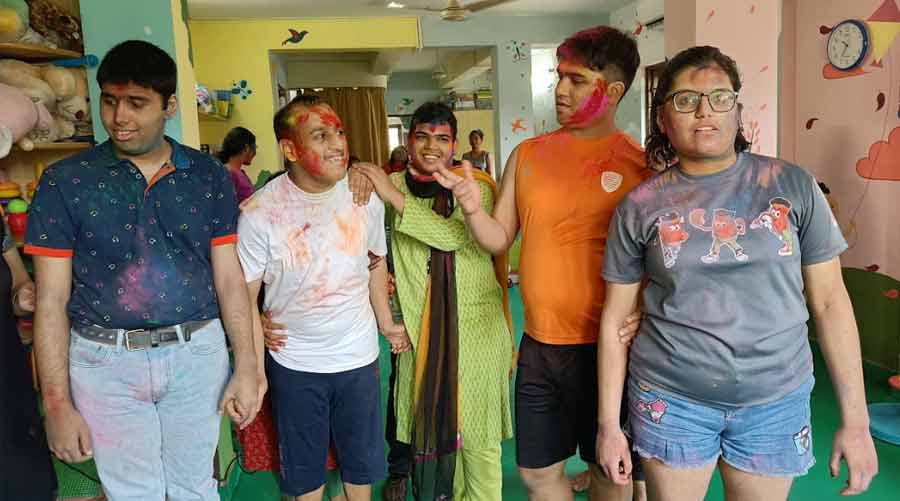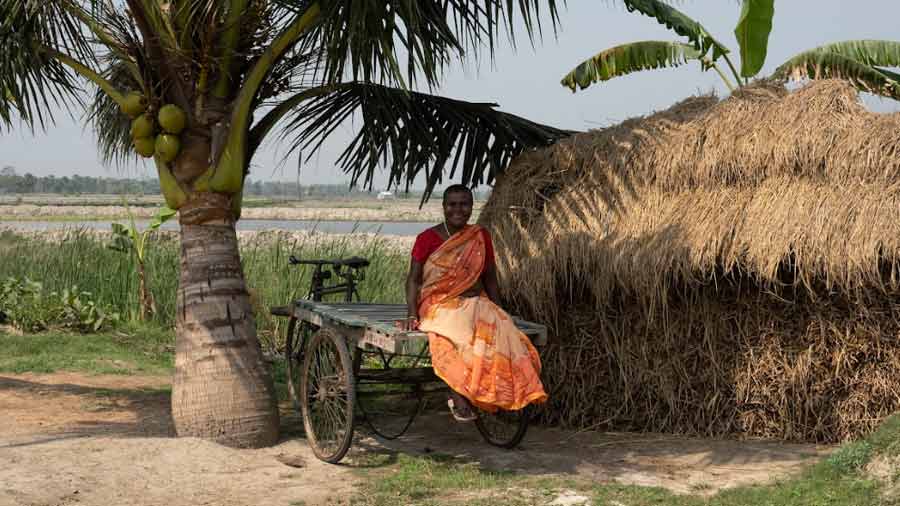More than 50,000 children are diagnosed with cancer every year in India. Out of these, roughly 70 to 80 per cent are cases of leukaemia or blood cancer, with lymphomas or cancer that begins in the cells of the lymph system, bone cancers and brain tumours among the other types that can jeopardise lives between the ages of zero and 15.
“East India has a high incidence of cancer cases, especially from the outskirts and the rural parts where health and hygiene are rarely maintained,” said Anuradha Chakraverty, the first centre manager and current team member at St. Jude India Child Care Centre in Kolkata. Having started off in Mumbai under the visionary leadership of Nihal Kaviratne and Shyama Kaviratne, St. Jude has spread across nine Indian cities over the last decade, with its Kolkata operations getting underway in 2012.
At St. Jude, we look after the second and third circles of treatment and recovery
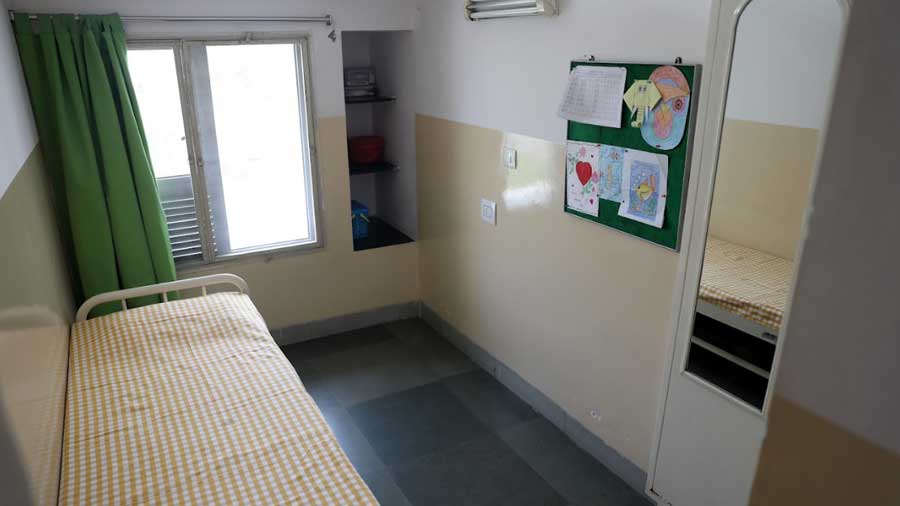
Every unit at St. Jude is sponsored by a donor, each of whom contributes Rs 50,0000 annually
“The purpose of St. Jude is to offer a sustainable environment for children and their families during the period of treatment. A lot of families from impoverished backgrounds who come to city hospitals for the treatment of their children can’t afford stable accommodation or nutrition. That’s where St. Jude steps in to ensure that proper food, shelter, rest and hygiene are given to those who need it. We conceive of treatment and recovery in the form of three circles. The first circle is first-class medical care provided by the hospital. The second circle is the maintenance of the physical environment the children inhabit during their treatment. And the third circle consists of the emotional support that children and their families need during their stay. At St. Jude, we look after the second and third circles,” explained Susmita Mookerjee, current team member and second circle in-charge of the St. Jude facility at Rajarhat’s Premashraya residential facility, which exists in tandem with the TATA Medical Centre. Besides Rajarhat, St. Jude has another centre in Kolkata on Mahatma Gandhi Road, Thakurpukur.
'We have 50 units at our Rajarhat centre, each with separate beds for the children and their parents'
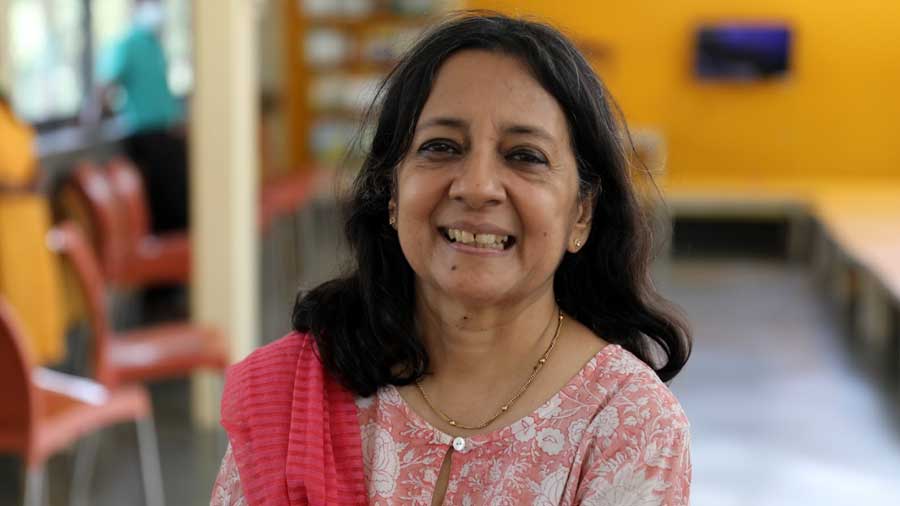
Anuradha Chakraverty trained many of the staff who help children and their families on a daily basis at St. Jude
In 2015, when St. Jude shifted to Premashraya, Rajarhat was far from what it is right now. Today, the area is teeming with development and opportunities, justifying St. Jude’s decision to expand its facilities. “We have 50 units at our Rajarhat centre. Each unit has separate beds for the children and their parents, a cupboard for storage and adequate ventilation. There are shared kitchen facilities, dining areas, clean washrooms, a place to wash clothes and a playroom where children participate in music, art and other exercises that keep them engaged in community-building,” said Chakraverty.
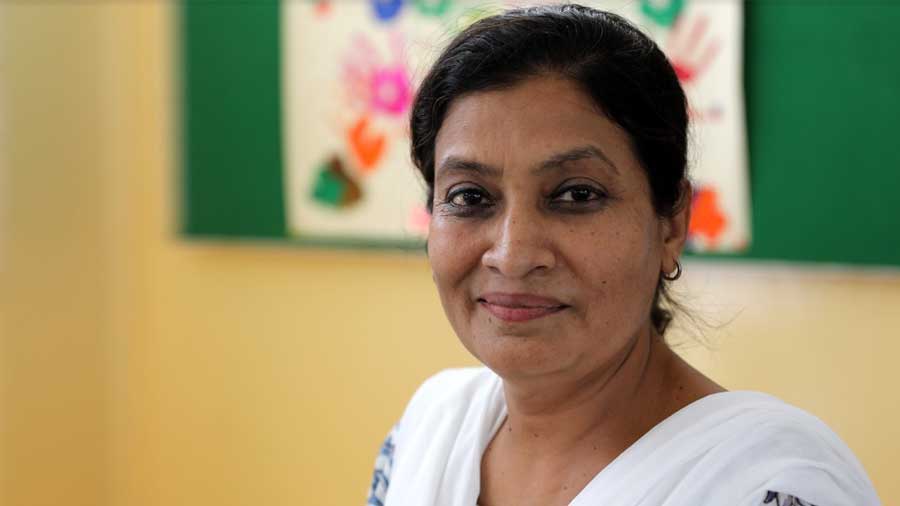
Shampa Chowdhury, who looks after administration and logistics at St. Jude, Rajarhat
Looking at the children mingling in the corridors of St. Jude, it is difficult to believe that each of them is living with a serious, and in many cases life-threatening disease. “We’re glad and proud to have been able to create a space where children feel at home. They’re so attached to our centre that whenever they go to the hospital, most of them want to rush back to St. Jude,” said Shampa Chowdhury, programme lead at the Rajarhat centre.
I really like the art and craft classes… and playing ludo and carrom

Bhaskar (standing) taking art and craft lessons from Madhumita Bera
“I’ve been here for nine months and made a lot of friends. I really like the art and craft classes that we’re taught here, and am also fond of playing ludo and carrom,” remarked Bhaskar Pal, a seven-year-old from Sodepur who has developed a reputation as “the monitor” among his peers and the staff members at St. Jude. From those who could not attend a session in the playroom to those who have not eaten their meals, Bhaskar is on top of everything that happens.
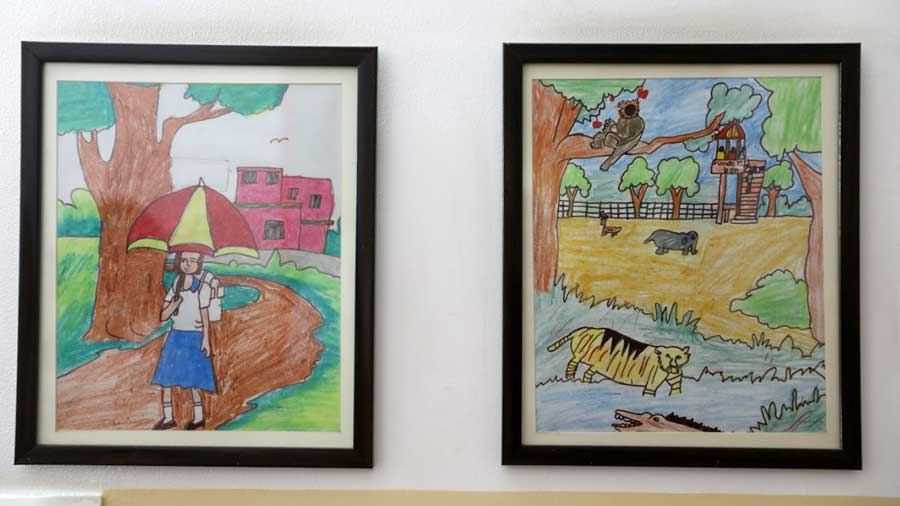
Artwork by Rajat Biswas, one of St. Jude’s former inhabitants
Every day, children like Bhaskar are given the educational and co-curricular training they need at St. Jude to prevent them from falling off the pace in terms of their growth and maturity. Whenever a child comes to St. Jude, they are encouraged to bring their books and study material along. Alongside academic lessons, children are taught computer skills. “We also have art-based therapy that looks after the emotional well-being of children. The focus is on harnessing the child’s personality through a combination of recreation and responsible learning,” observed Madhumita Bera, a programme associate at St. Jude, who has been a favourite among the children for the last nine years.
‘Seeing mothers like me… made me understand I’m not alone’

Mothers have a lot to occupy themselves with at St. Jude, from stitching to yoga to good-old adda
To create an interactive and emotionally fulfilling environment, St. Jude also organises events and activities for the parents, especially the mothers who spend practically all their time with the children at the centre. “When I came here initially, I was scared. I didn’t have a clue about how to complete the formalities at the hospital. I felt unsettled. But, gradually, with the help of everyone at St. Jude, I felt comfortable and assured. Seeing mothers like me who are also going through so much to help their children recover made me understand I’m not alone. Everything that St. Jude does for us, from teaching us stitching to making us practise yoga, makes handling the stress of the treatment a lot easier,” said Aarti Mukhi, mother of 14-year-old Ashwini Kumari, who is in the last stage of her treatment.
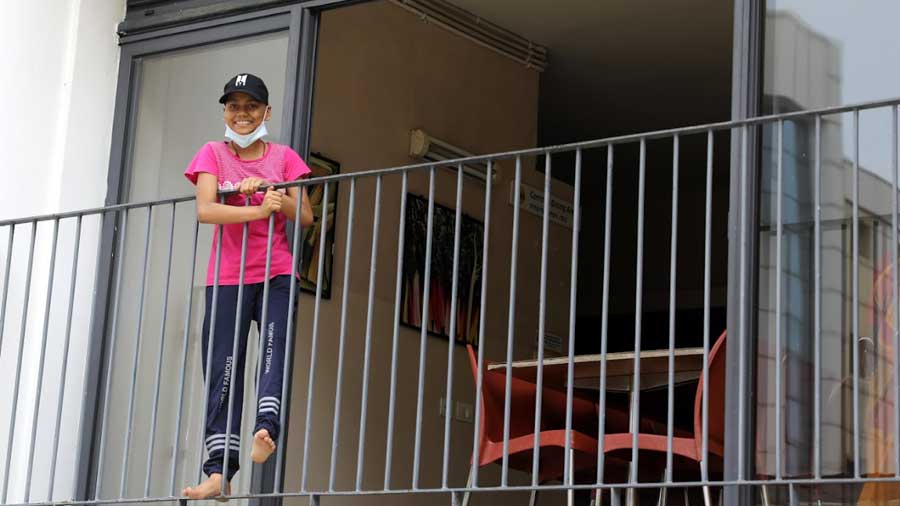
Ashwini Kumari has enjoyed her stay at St. Jude, which she credits for giving her “fresh faith and belief”
At 14, Ashwini is well-versed with what she is going through day in and day out. But that is not the case for most of the children, who do not even know what cancer means and what it does to the body. Their pain is entirely physical, but for their parents who are all too aware of what is at stake, the wounds are often deeply psychological. “That’s why we have counselling services so that the parents have someone to talk to, to reach out to. We never want them to feel alone or burdened by their situation,” said Chowdhury.
St. Jude for Life tries to eliminate that stigma around cancer patients, one case at a time

With time, the diligent staff at St. Jude (above and below) have become more like family, both to the children and to each other
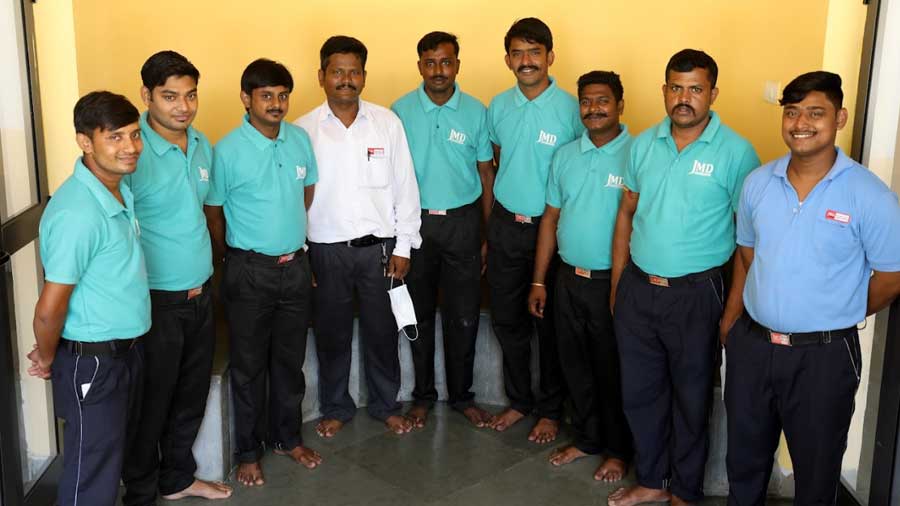
While most children complete their treatment within six to eight months, there are always chances of a relapse. St. Jude takes it upon itself to track the progress of children once they are released from the centre and welcome them back whenever required. Recently, it has also undertaken an initiative called St. Jude for Life, which takes care of multiple needs of the children well after they have left cancer behind. “Once a patient has spent five healthy years after the completion of their treatment, they are designated as a cancer survivor. But defeating cancer isn’t enough for a better life and livelihood. So, at St. Jude, we’ve started assisting recovered children with their higher education and careers alongside whatever cooperation they need for their marital prospects. Even today, there’s a stigma around cancer patients and survivors. St. Jude for Life tries to eliminate that stigma, one case at a time,” said Reshma Mitra, who was part of the first batch of staff at the Rajarhat centre and is now playing her role in St. Jude for Life.
Stories of transformation
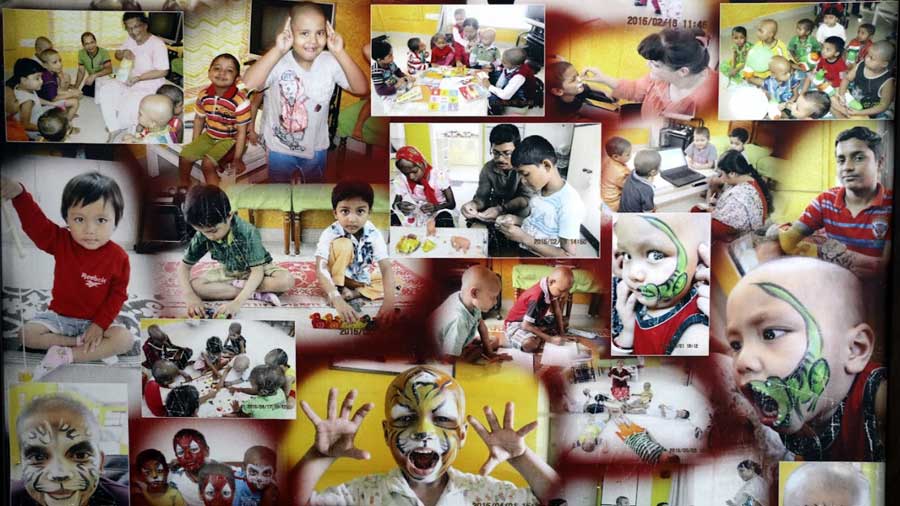
There are innumerable stories at St. Jude of how children afflicted with cancer have gone on to lead normal lives
Within each group of children that makes St. Jude their home, there are stories filled with hope and inspiration. Take, for example, the story of Amina Khatoon, who came to St. Jude as a 12-year-old with a 10kg Wilms’ tumour in her kidney. “Amina came to us from Hooghly. Her father was a farmer and her mother was a housewife. They were extremely reluctant for her to undergo surgery, as they felt it would kill off her marriage prospects. Amina herself was inconsolate when she lost all her hair following chemotherapy and radiation. Eventually, her surgery was done and she finished her recovery in 2013. Today, Amina is a graduate of philosophy and is thriving as a social worker. She recently got married to a man with a jewellery business in Malaysia,” recounted Chakraverty and Chowdhury.

Susmita Mookerjee, one of the cornerstones at St. Jude, Rajarhat
With St. Jude aiming to broaden its reach across India, more such stories of transformation will emerge in the years to come. With its well-defined goals, dedicated management and staff, and above all, the will to make living with cancer easier, St. Jude is determined to march along its mission, encapsulated succinctly by Mookerjee: “Whenever a child is affected by cancer and their family feels it’s the end of the road, we give them hope. And once someone becomes a St. Jude child, they remain a St. Jude child for life.”
